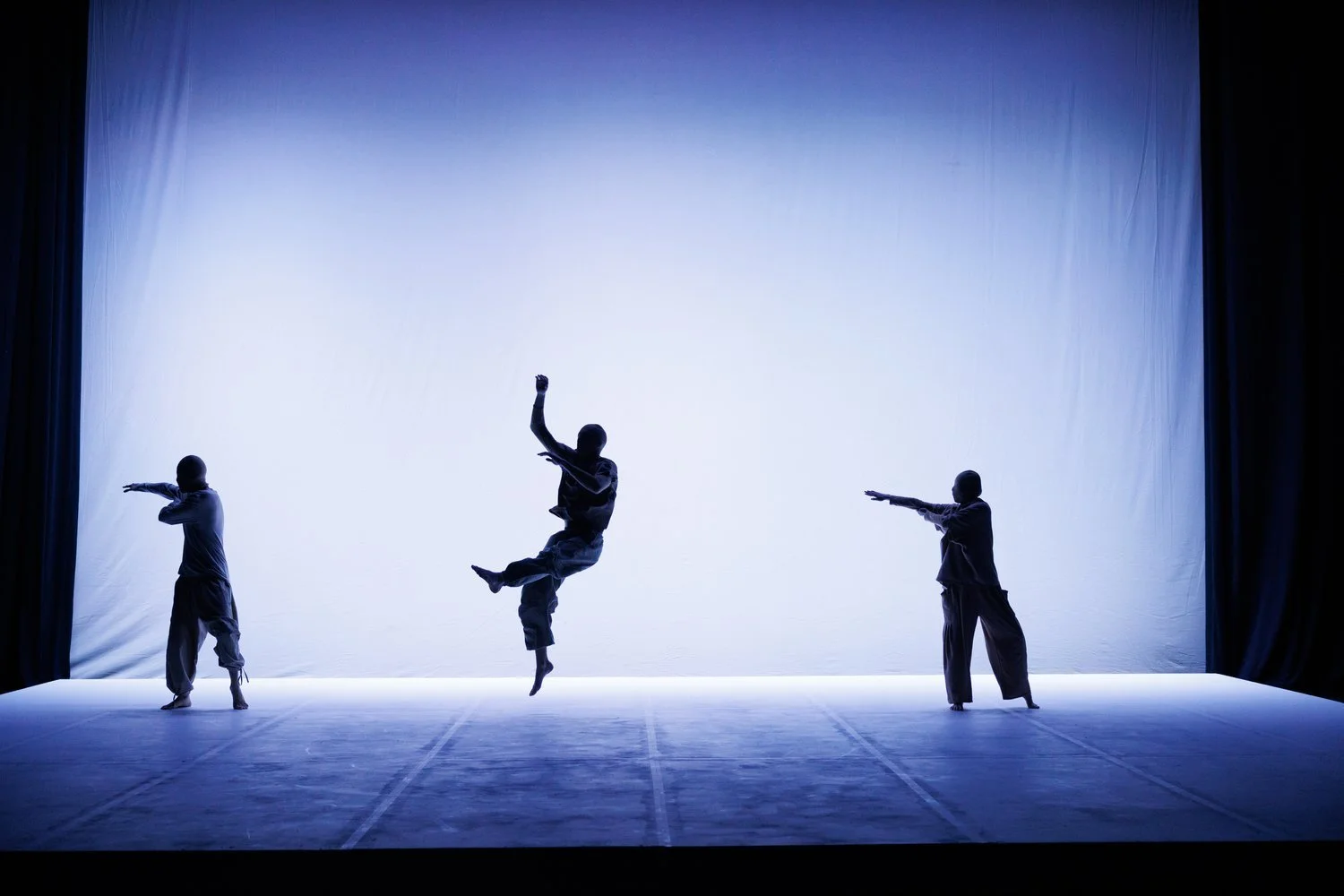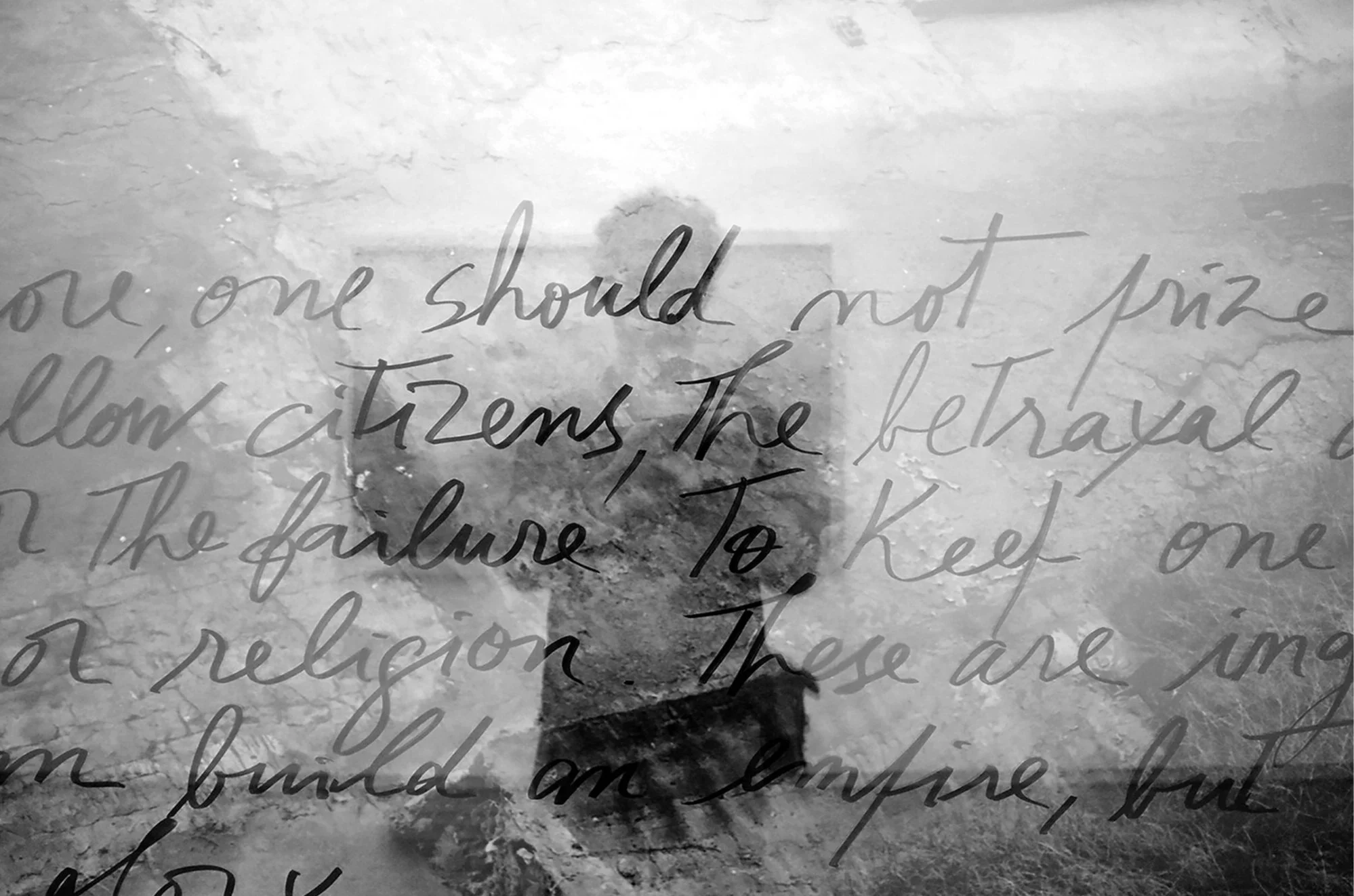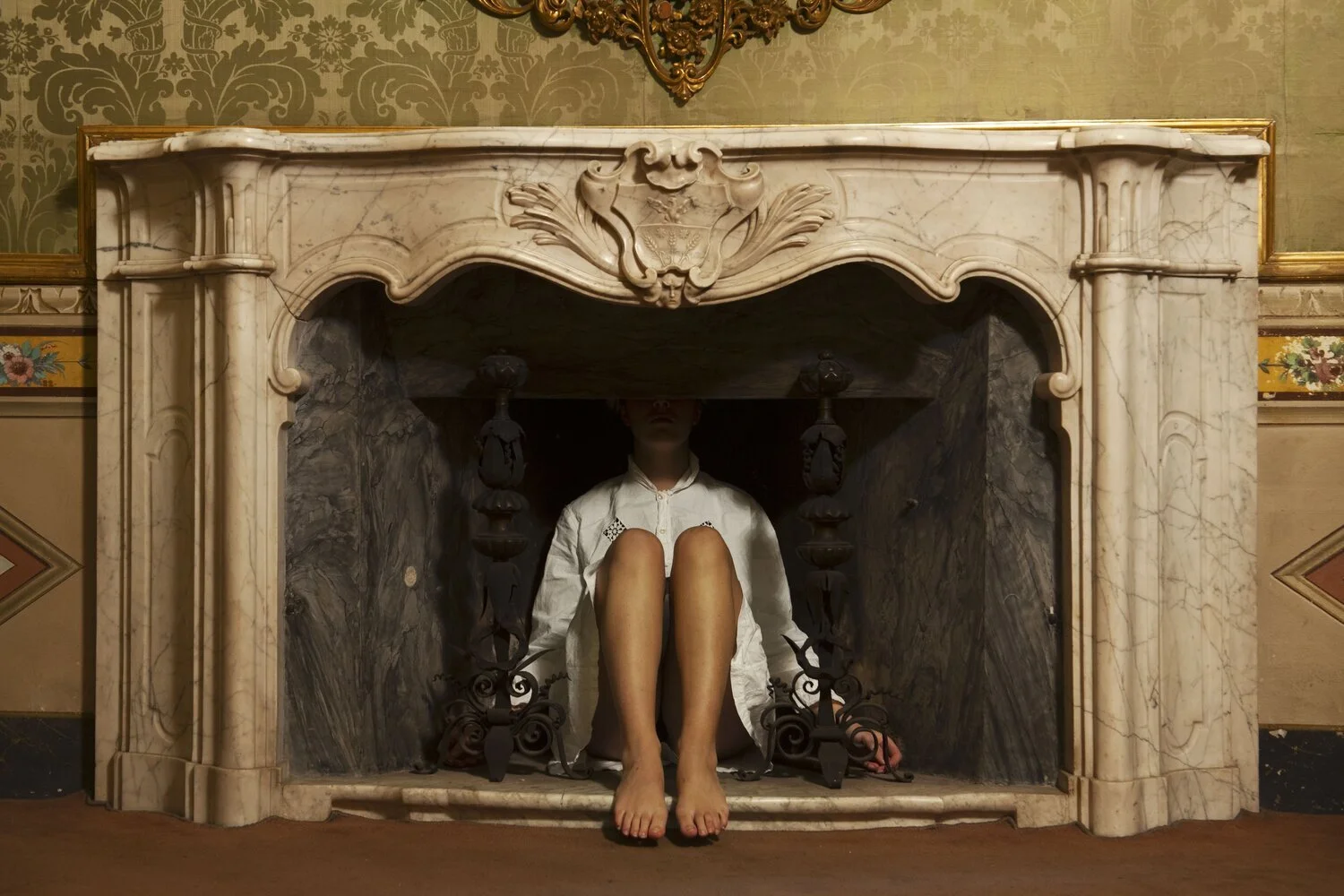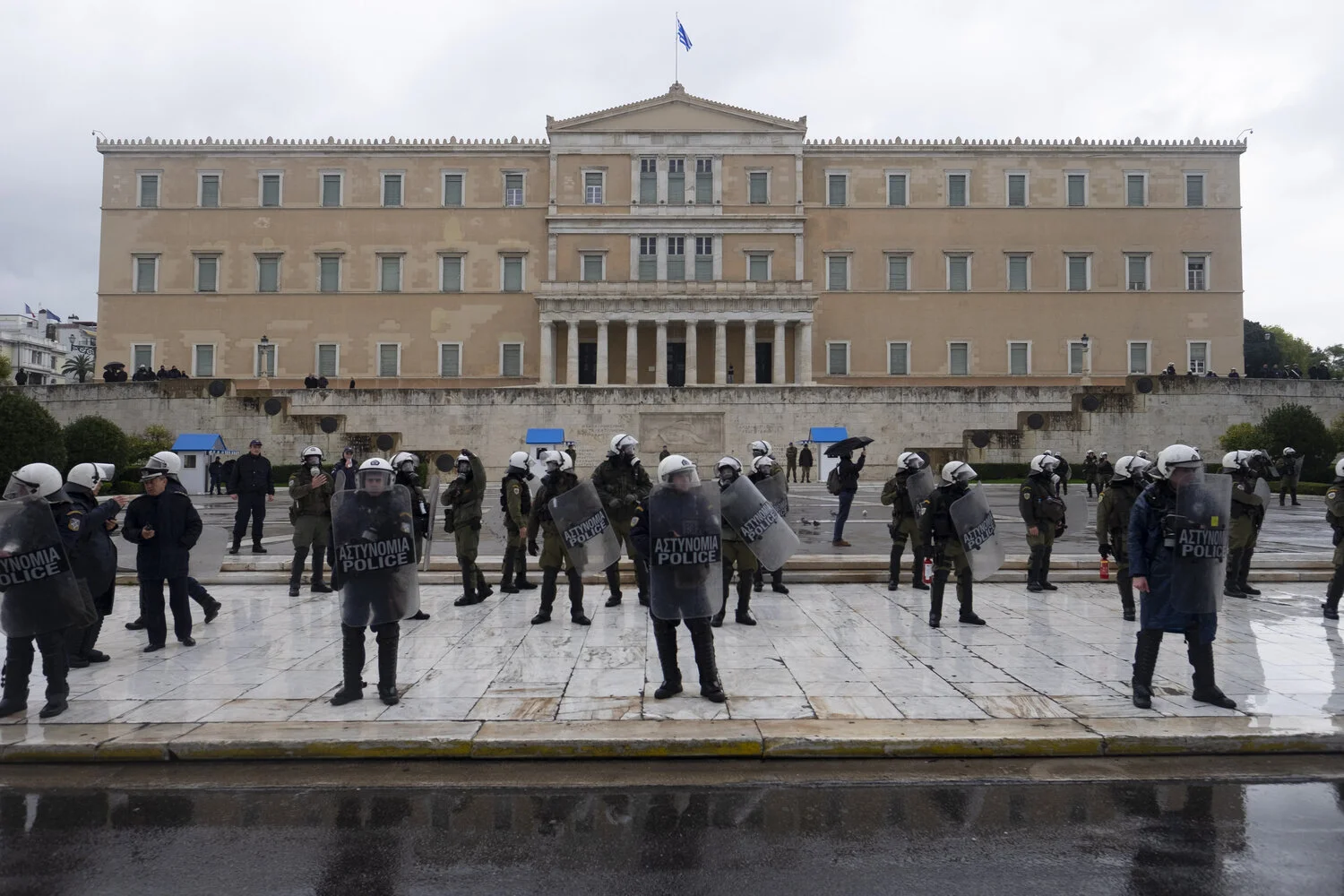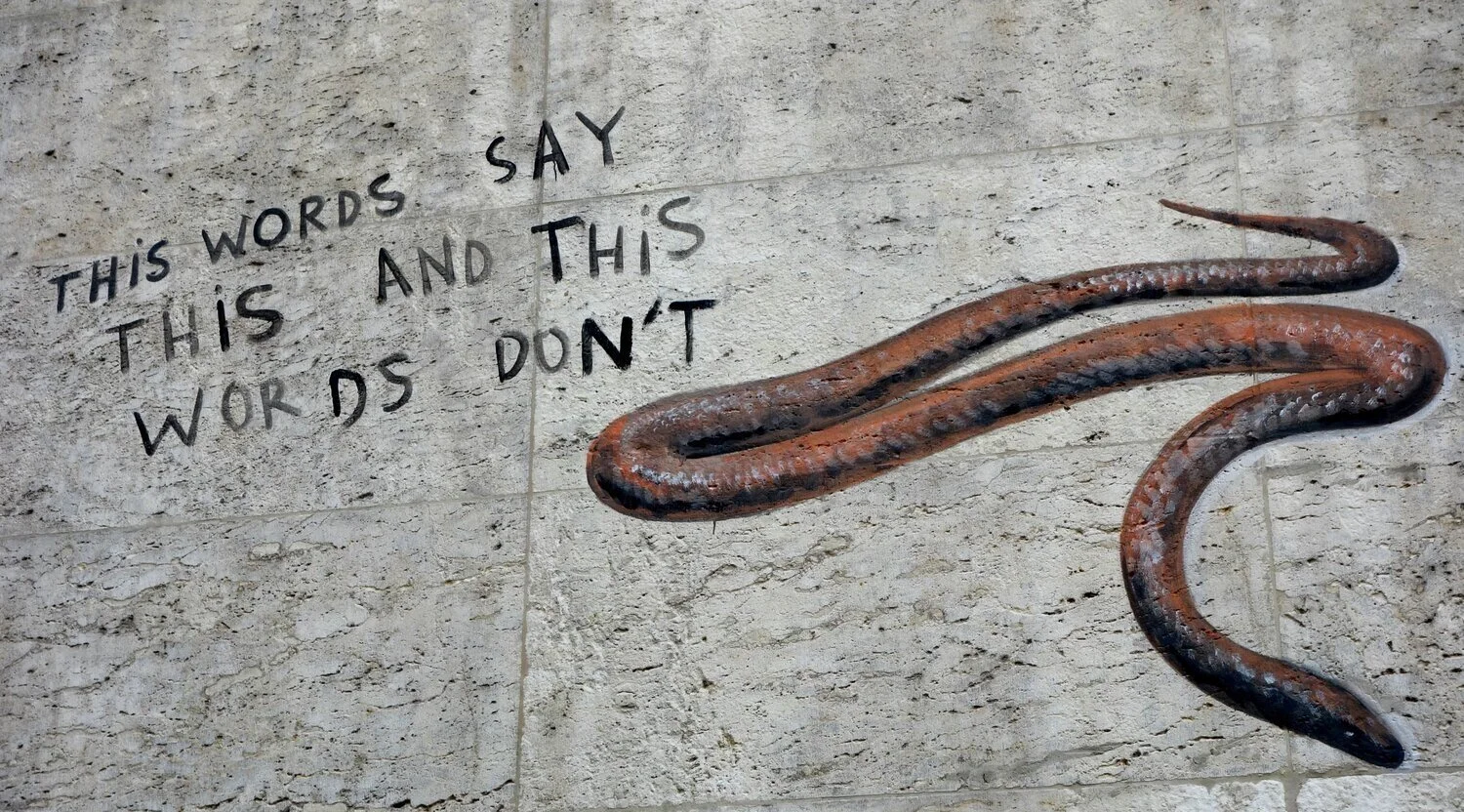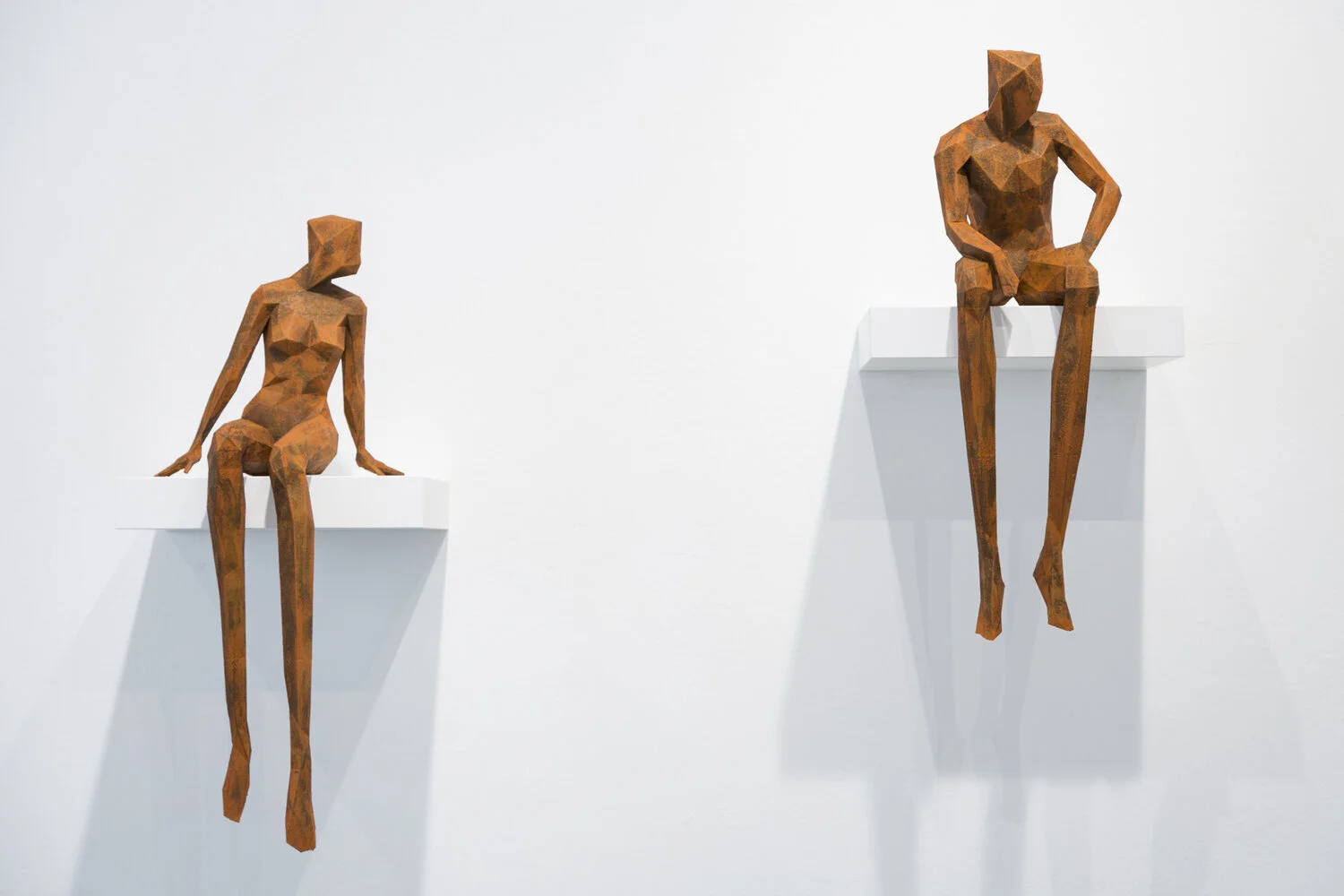José Luis Ramírez is a Mexican painter, currently based in Durango, Mexico. One of the characteristics of his work is a sense of freedom, so his artwork is surrounded by key characters from his daily life as a group of random characters who tell their own story but at the same time, they combine into one, creating a deconstructed social analysis that critiques our time.
INTERVIEW | WiseTwo
WiseTwo is a Kenyan Multi-Disciplinary Artist. WiseTwo’s artwork takes a critical view of social and cultural issues. Often referencing ancient civilizations and the invisible connection between people and cultures, WiseTwo’s work reproduces familiar visual and aural signs, arranging them into new conceptually layered murals and paintings.
INTERVIEW | Jose Cruzio
Jose Cruzio’s research addresses different concepts such as the continuous questioning of the "place" as far as artistic creation is concerned. It will bring about both collaborative practices and individual ones, and it unfolds in different projects, each one recurring to a dominant artistic subject matter and its media, practices, and achievements according to the research lines of each one of them.
INTERVIEW | Syl Arena
Syl Arena is a California-based artist known for his explorations of non-representational photography. He freely admits that he is addicted to color and shadow. In his current series, Constructed Voids, Arena deconstructs white light into vibrant hues and mixes them onto monochromatic constructs. Through the intersection of light, construct, and lens, Arena finds transformative relationships that he describes as “inner landscapes.”
INTERVIEW | Patrick Vandecasteele
Patrick Vandecasteele explores the physical, psychological and social posture of humans, the various costumes they wear to dress their intimate hiatuses. He tries to restore the spontaneity of human posture, its fleetingness, the unconscious that inhabits a body and its outfit, the links between composure and thoughts, gestures and intentions, mental melee.
He paint our struggle to face others, to approach others, the struggle between our multiple intimacies, between our imperative of life in society, of submission to servitudes and the imperative need for autonomy, individuality.
INTERVIEW | Lucrezia Rossi
Lucrezia Rossi is an Italian photographer based in Berlin, Germany. In her work, Lucrezia photographs staged self-portraits, and daily life encounters by combining humor with reality and intimacy with softness. By re-signifying her past experiences through her images, this search for meaning becomes present, honest, delicate, and light. For Al-Tiba9 she is presenting her latest series, “My Traviata”.
INTERVIEW | Fan de Fantástica
Fan de Fantástica is a Film Director, Collage Maker, and Multi-Talented Artist currently based in Madrid, Spain. In her funky, playful, and over the top imaginary world of mixed media collages, there are numerous details of traditional far east philosophies and contemporary western point of views. One way or another, she has mixed all her 'weird' personal experiences into her collage creations.
INTERVIEW | Anastasia Golovneva
Anastasia Golovneva is a Russian painter, currently based in Moscow. Anastasia lived for many years with Khanty indigenous northern people side by side. Her work deals with the Ugric world. Harmonious, but so fragile, it was destroyed in just a couple of decades because of oil production. Anastasia believes that it is necessary to know and understand the consequences of oil production and depicts it in her art.
INTERVIEW | Imelda Wei Ding Lo
Imelda Wei Ding Lo is a multi-disciplinary writer, artist, podcaster, and game developer who is passionate about environmentalism, technology, alternative health, and above all, story-telling mediums that explore character psychology and development. Her latest project is the graphic novel “The Book of Joel”.
INTERVIEW | Marcel Top
Marcel Top is a 23 years old London-based Belgian photographer. Alongside his traditional use of photography, Top also explores the limits and boundaries of the medium through his practice. Top has always been fascinated by the power of technology, by the ambiguity of its double-faced nature. Breach of privacy, mass surveillance, and the collection of personal data is among Top’s recurring topics.
INTERVIEW | Kinnari Saraiya
Kinnari Saraiya is an Indian artist based in the UK. Having grown up with the stories of the colonial empire told by her grandfather, she is fascinated by the physical evidence of this history in the landscape of India and England. It voices a counterculture of stories which depicts the dysfunctions of the world and forces a new type of meaning to be created through her work.
INTERVIEW | Eric Pijnaken
Photography always has been for Eric Pijnaken a way to find his way to the world of phenomena in which he lives. He felt the need to reveal another reality within the reality surrounding us. His photo work focuses on the essentials of what he sees. After a career as a journalist, he now lives and works in the French province of Ardèche, where he can freely enjoy his work as a photographer.
INTERVIEW | Dalia Kiaupaitė
Dalia Kiaupaitė is a professional Lithuanian female artist, mostly working in and in-between theatre, opera, and visual art’s fields. She collaborates with several a different theaters, operas, cultural events and activities as stage, costumes, and light designer. As an independent artist, Dalia Kiaupaitė is researching topics of femininity and recognition of cultural signs - stereotypes and archetypes - in contemporary time.
INTERVIEW | Noor Taan
Noor Taan is a German/Lebanese interdisciplinary designer currently based in New York City. Her work focuses on experiments with natural products such as in the Loofah project. Her artwork ranges from illustrations to photography and installation. It includes visual investigations using collages and digital art.
INTERVIEW | Nae Zerka
As a traveler of the analog-digital synthesis, the visual artist Nae Zerka never stops exploring. Nae's inspiration comes from digitalization, along with graphic design and music. Himself he produced electronic music and became a techno DJ in legendary clubs. His work blends the design element with technology, graphic design with a painterly finish.
INTERVIEW | Sofya Danilova
After a decade of constant work, Sofya Danilova got to the point where two-dimensional photography was just not enough to express everything she wanted to. As a seasoned photographer, she tried a hand in different styles, and in the end she started to create kaleidoscopes — images that can achieve the effect of space's enclosure and deeper immersion in the picture.
INTERVIEW | Ulziitugs Enkhbold
Ulziitugs Enkhbold is a Mongolian artist currently based in Winnipeg, Canada. She works across multiple disciplines and her practice is primarily concentrated around identity and heritage. Her paintings are often completed in oil, while her sculptures are mainly ceramic. Her current body of work consists of oil paintings that analyzes the relationship between immigrants and their home countries.
INTERVIEW | Marcello Silvestre
Marcello Silvestre’s artworks narrate the city through the emotions, the smells, the flavors and the noises. He relates the indissoluble relationship between man and city sculpting bodies, legs and arms on which he lets towers and houses arise in a continuous flow. He creates dreamlike visions and interweaving of soft lines, triangles and edges.
INTERVIEW | Aristo Vopĕnka
Aristo Vopĕnka explores the boundaries between photography, illustration, painting, and print. Using an experimental attitude towards these different media, new forms of expression take place. They are the beginning of a contemporary reinterpretation of expressionism which he has started to call experiential expressionism.
INTERVIEW | Ronit Keret
Ronit Keret’s recent work deals with the ecological crisis, the melting glaciers that have been changing due to the nature of human activity. The Installations that Keret creates are formed as a reaction to the given display space and the nature of the material she uses itself. Keret describes the transitions between good and evil in looking at human and nature relations and the gap between childhood dreams and catastrophic reality.





